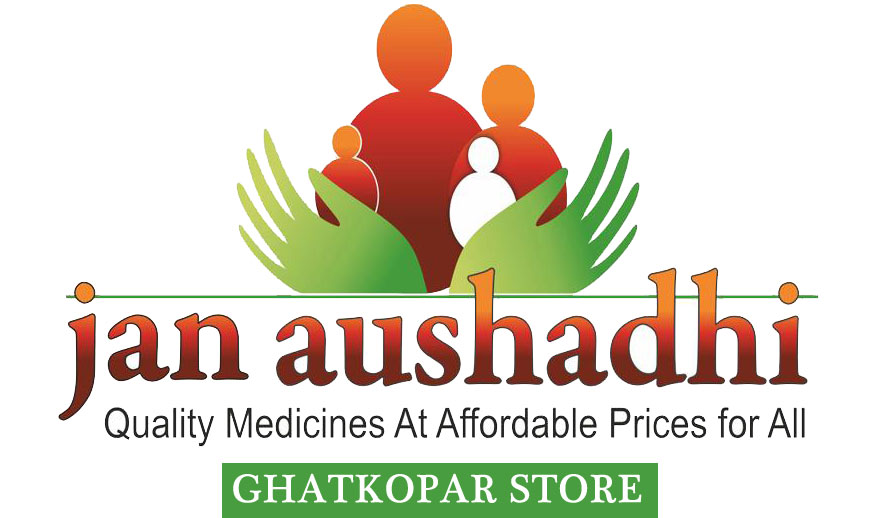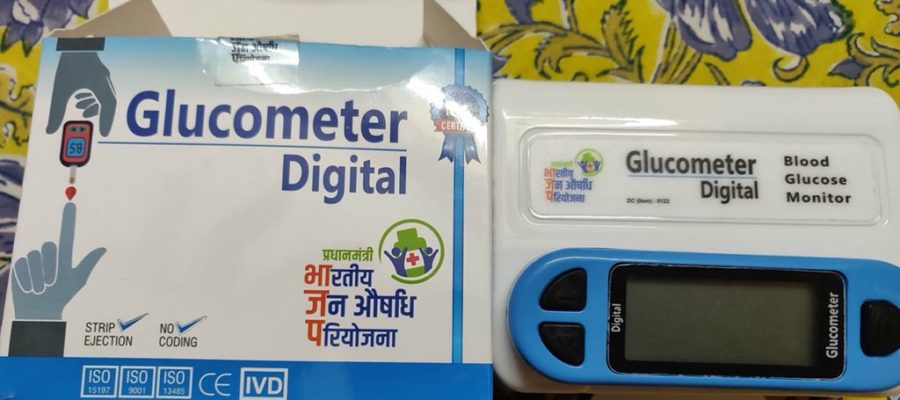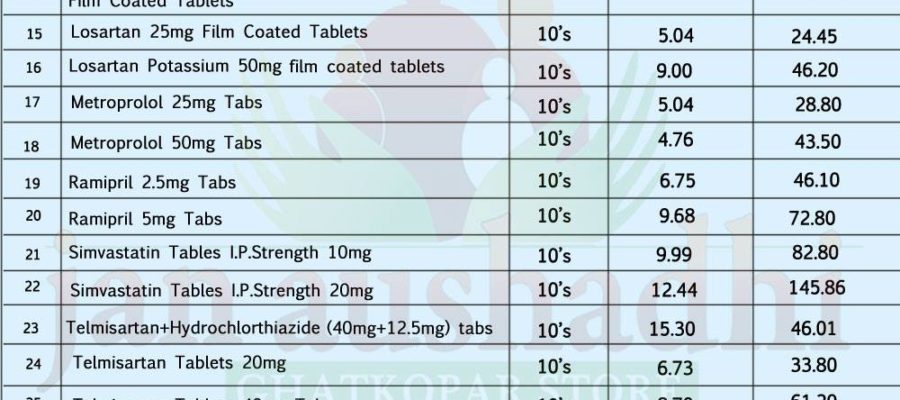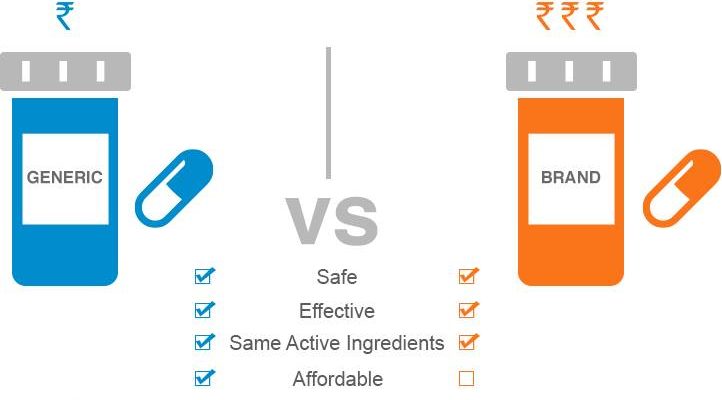Re-launched of Pradhan Mantri Jan Aushadhi PariYojana (PMBJP)
March 2016
The scheme, which was started in 2008, has been renamed the Prime Minister’s Jan Aushadhi Yojana (PMBJP)
Jan Aushadhi, the government scheme to make quality drugs available at affordable prices, will be relaunched in March with private participation, union minister for chemicals and fertilizer Ananth Kumar said on Tuesday.
The announcement came a day after finance minister Arun Jaitley, presenting the Union Budget said the government will open 3,000 Jan Aushadhi stores across the country in 2016-17.
According to the department of pharmaceuticals, more than 500 medicines will be covered by the scheme. Kumar added that the scheme, which was started in 2008, will be renamed the Prime Minister’s Jan Aushadhi Yojana.
Non-governmental organizations, charitable institutions, reputed professional organizations, private hospitals and self- help groups will be eligible to open new Jan Aushadhi stores. The budget outlay for Jan Aushadhi stores is around Rs.35 crore.
“We are going to launch the scheme within a month and planning to tie up with private parties too to make it more successful,” Kumar added.
“As of now, there are 361 medicines which come under the Jan Aushadhi scheme, which the government is planning to increase to 500,” said an official from the department of pharmaceuticals who asked not to be named.
So far, about 157 Jan Aushadhi stores have been opened in states like Punjab, Haryana, Odisha, Andhra Pradesh, Rajasthan, Delhi, Uttarakhand, West Bengal, Jammu and Kashmir, Himachal Pradesh and Jharkhand.
In order to set up stores, a one-time assistance of Rs.2 lakh as establishment cost is paid under the scheme to the operating agency. Additionally, a one-time startup cost of Rs.50,000 is also paid to each outlet as government assistance.
The medicines are packed in special Jan Aushadhi packs with bilingual labels giving the generic name of the drug. Though the scheme was launched in 2008, a major constraint was that public sector undertakings in the pharmaceutical sector were able to cover only 130 of about 361 medicines identified by the scheme.






